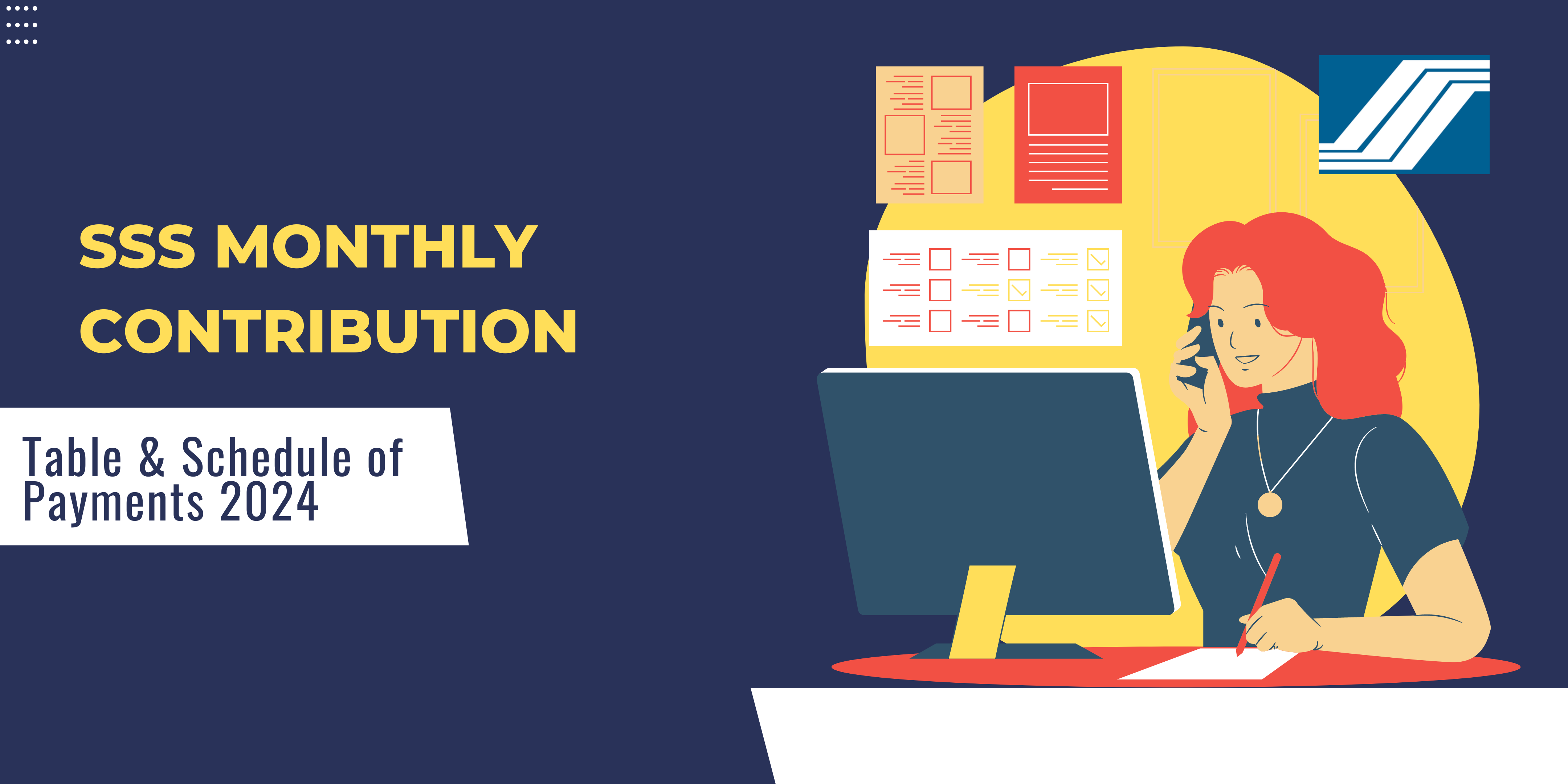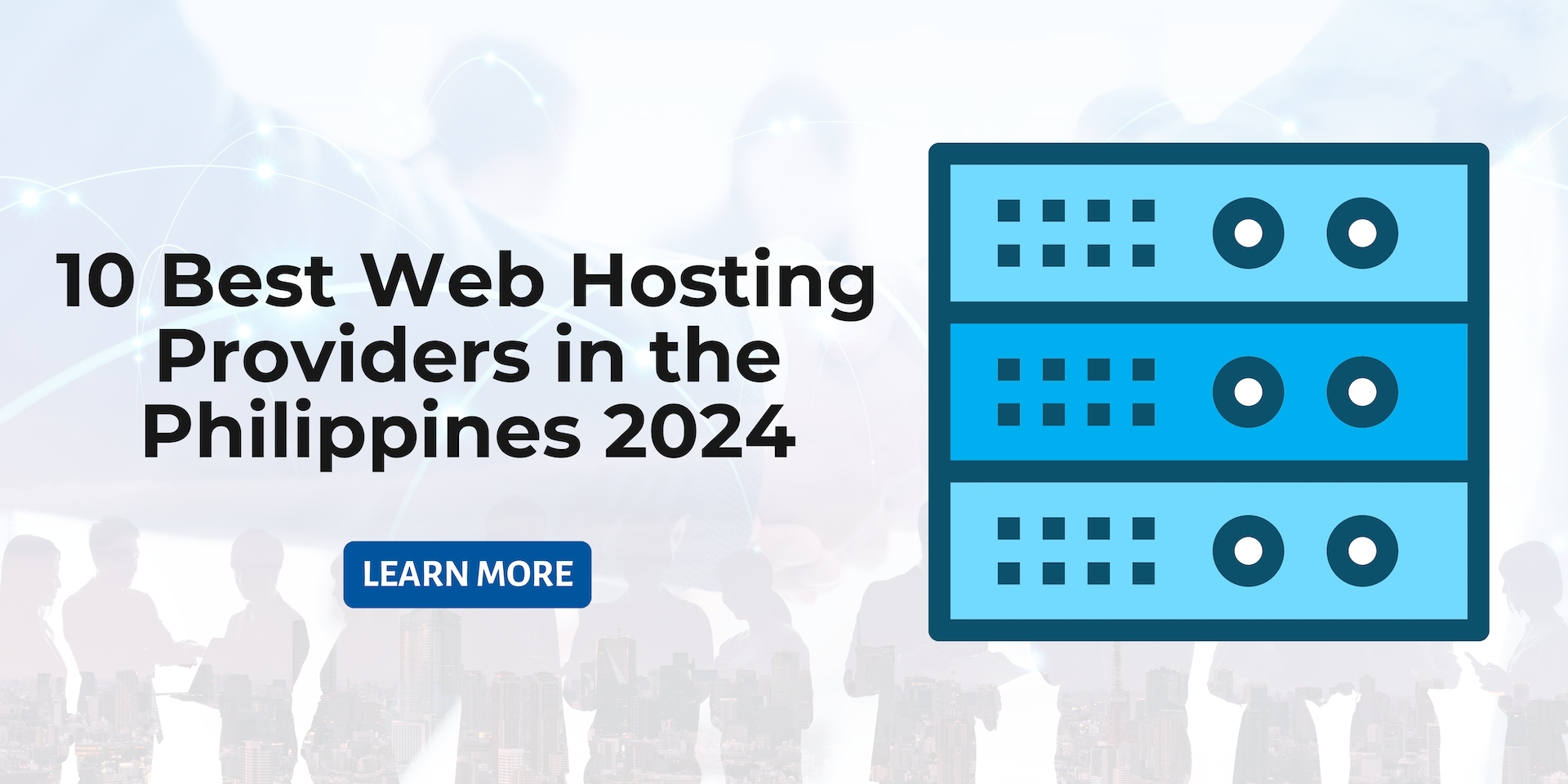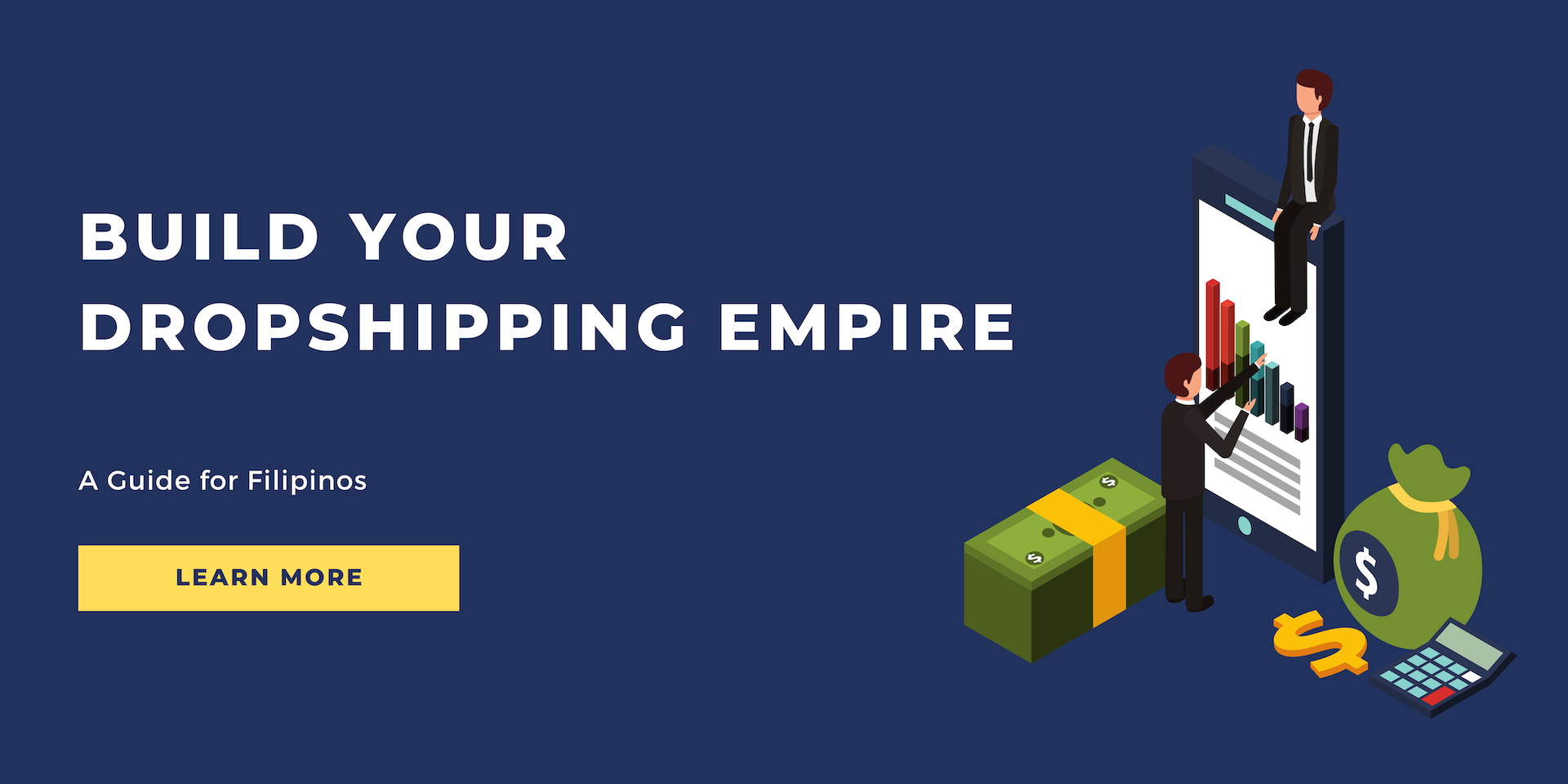General
October 21, 2020
15 min Read
How to Make Money Blogging Without Spending Too Much Money
How to Make Money Blogging Without Breaking the Bank
Blogging is one of the most lucrative ways to make money online. In fact, thousands of people have already earned from blogging enough to let go of their full-time jobs. Fortunately, here in the Philippines, the blogging fever hasn’t reached that level yet. For not-so-obvious reasons, vlogging overtook blogging here in the country. All of us here have a friend or two trying to earn money from YouTube. Although everyone has a story to tell, not all people like to be in front of the camera. Many prefer to write their experiences instead of showing their faces. This gap here could be a potential source of income. Let’s get started about blogging and how you could make money from it without spending a lot of money:What you need to know about blogging
There’s a lot of potential in blogging that’s seriously untapped here in the country. Try googling your favorite local brand or the most popular thought leader in your area. Chances are, they aren’t blogging (though they may be vlogging). Many bloggers aren’t just earning a few hundred dollars every month from blogging. Jon Morrow, the mastermind and owner of a popular blog, Smart Blogger, is earning more than one million dollars a year from his blog. In a month, he’s earning more than $100,000. That’s almost 5,000,000 pesos every month! Alex and Lauren, a power-duo known for their blog, Create and Go, are earning six-figures (in dollars) from their blogs. In September 2020 alone, they earned $133,272.99, which is a little more than 6 million pesos.
Alex and Lauren, a power-duo known for their blog, Create and Go, are earning six-figures (in dollars) from their blogs. In September 2020 alone, they earned $133,272.99, which is a little more than 6 million pesos.  But behind the scenes, there are a lot of actions happening and resources being spent. For starters, you would need to spend money to buy a domain name, web hosting service, email marketing platform, themes, and plugins. Aside from that, these bloggers are spending more than P50,000 every month on freelance writers, SEO services, and other means to increase the blog’s traffic. Their expenses every month makes it seem to the ordinary Filipino that blogging is expensive. In comparison, being a YouTuber only needs a smartphone... But let me reassure you, blogging doesn’t have to be expensive — you could even start with just a hundred pesos every month! If you want to know more about this, keep on reading!
But behind the scenes, there are a lot of actions happening and resources being spent. For starters, you would need to spend money to buy a domain name, web hosting service, email marketing platform, themes, and plugins. Aside from that, these bloggers are spending more than P50,000 every month on freelance writers, SEO services, and other means to increase the blog’s traffic. Their expenses every month makes it seem to the ordinary Filipino that blogging is expensive. In comparison, being a YouTuber only needs a smartphone... But let me reassure you, blogging doesn’t have to be expensive — you could even start with just a hundred pesos every month! If you want to know more about this, keep on reading!How to make money blogging
So the million-dollar question is… How do bloggers make money? How can you apply the same monetization methods on your blog? Here are the best and easiest ways to monetize a blog:#1: Advertising
The easiest way to make money with a blog is through advertising. That’s why most beginners rush to Google Adsense once they have some traffic going in. Add the fact that all you have to do to get started is to copy a script from Google and paste it on your site. Then, an ad banner like shown below will appear on your site: Basically, the ads network will display some banners on your site to promote a product from an advertiser. Every time someone clicks on that banner, you get paid a certain amount. This is called cost per click (CPC). Aside from CPC, there’s also CPM or cost per thousand where you get paid a certain amount for every 1,000 ad views. At a glance, it sure isn’t a great way to earn money from a blog. After all, you need lots of visitors on your blog every month to earn a substantial amount. Well, you’re right! At the very least, you should start putting up ads only after you get around a thousand visitors per month. Check out this blog income by Mom Beach, particularly, her income from ads:
Basically, the ads network will display some banners on your site to promote a product from an advertiser. Every time someone clicks on that banner, you get paid a certain amount. This is called cost per click (CPC). Aside from CPC, there’s also CPM or cost per thousand where you get paid a certain amount for every 1,000 ad views. At a glance, it sure isn’t a great way to earn money from a blog. After all, you need lots of visitors on your blog every month to earn a substantial amount. Well, you’re right! At the very least, you should start putting up ads only after you get around a thousand visitors per month. Check out this blog income by Mom Beach, particularly, her income from ads: 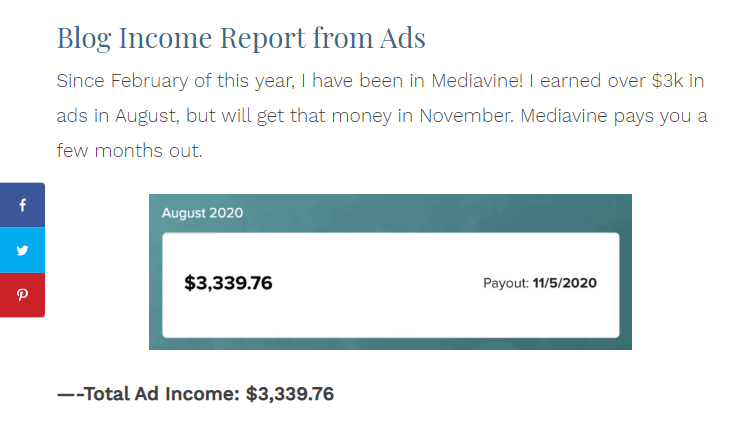 That’s more than 150,000 pesos all from ads! But take note that using ads as monetization doesn’t always look good on every niche. There are many people who don’t like ads since they kind of look annoying and spammy. Add the fact that there are now ad blockers compatible with almost any browser. If you’re not sure about that, try Google Adsense first. Put yourself in the shoes of your readers. Are the ad banners messing up with your experience? If not, feel free to continue using them. As your traffic grows, switch to premium ad networks like Mediavine or AdThrive.
That’s more than 150,000 pesos all from ads! But take note that using ads as monetization doesn’t always look good on every niche. There are many people who don’t like ads since they kind of look annoying and spammy. Add the fact that there are now ad blockers compatible with almost any browser. If you’re not sure about that, try Google Adsense first. Put yourself in the shoes of your readers. Are the ad banners messing up with your experience? If not, feel free to continue using them. As your traffic grows, switch to premium ad networks like Mediavine or AdThrive.#2: Affiliate marketing
Affiliate marketing is also an awesome passive income stream for a blog. As the name suggests, all you need to do is partner up with brands and then, recommend their products or services on your blog with tracking links in exchange for a commission. Remember Smart Blogger? Jon Morrow revealed that his blog earns more than 5 million pesos per year simply by promoting affiliate products."Here at Smart Blogger, we make more than $100,000 per year promoting affiliate products, most of that coming from casually recommending products we love like SiteGround (affiliate link) and Elementor (affiliate link)."
The nice thing about affiliate marketing is that there’s an affiliate program for almost every niche and industry. As long as there’s an existing product or service in the industry, there will always be brands that have referral programs to increase their sales. Want to blog about camping and travel? Here’s an example of a camper blog that promotes affiliate products: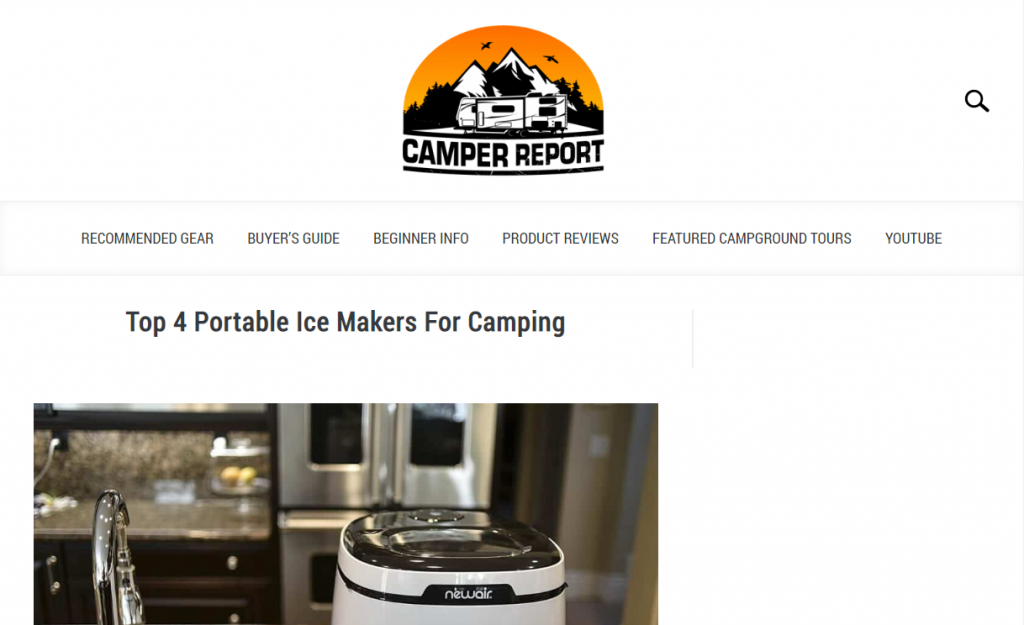 If you’re interested in affiliate marketing, try to research products and services that readers of your blog would be interested in buying. You could also think about some of the products that you’re currently using. Then, check out if the brands behind those products have an affiliate program you can sign up for. If you’re having difficulty finding affiliate programs for your blog, you can check out:
If you’re interested in affiliate marketing, try to research products and services that readers of your blog would be interested in buying. You could also think about some of the products that you’re currently using. Then, check out if the brands behind those products have an affiliate program you can sign up for. If you’re having difficulty finding affiliate programs for your blog, you can check out:- Amazon Associates
- ShareASale
- CJ Affiliates
#3: Selling digital and physical products
With affiliate marketing, you’re basically selling the products and services of others. You only get a small percentage of the sale. But with selling your own products, you get to decide how much you want to get paid. At the start, you may have to invest time to create the product. But the maintenance work after that is minimal. You may have to update the product from time to time to keep up with the changes in your niche, but that’s only a small work. The easiest products to sell are info-products like ebooks, templates, and checklists. The most common is ebooks since they are simple to write and publish. For example, you can easily compile your blog posts and add more helpful content exclusive only to the buyers. Here’s a good example of an ebook being sold: Ryan, the author of the ebook, revealed in his blog article that he has sold more than 1,328 copies worth more than 430,000 pesos! Here’s a screenshot of the sales figures since his ebook first came out:
Ryan, the author of the ebook, revealed in his blog article that he has sold more than 1,328 copies worth more than 430,000 pesos! Here’s a screenshot of the sales figures since his ebook first came out: 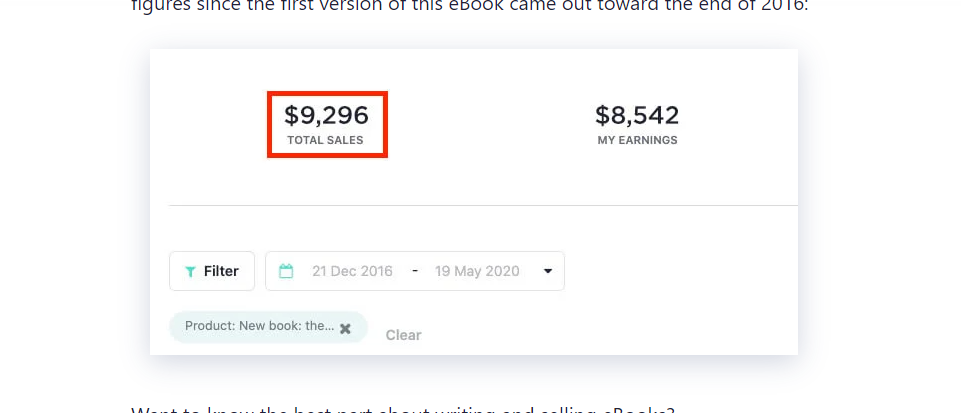 Aside from info-products, you can also sell physical products like shirts, mugs, and caps. Depending on the niche of your blog, you can even create products that well you know your audience would love. If you would like to sell products on your blog, you will have to learn to use ecommerce plugins like WooCommerce, BigCommerce, and Easy Digital Downloads. These plugins will make it possible for you to manage and sell products right inside your blog.
Aside from info-products, you can also sell physical products like shirts, mugs, and caps. Depending on the niche of your blog, you can even create products that well you know your audience would love. If you would like to sell products on your blog, you will have to learn to use ecommerce plugins like WooCommerce, BigCommerce, and Easy Digital Downloads. These plugins will make it possible for you to manage and sell products right inside your blog.#4: Selling freelance and consulting services
If you would like to sell something without spending time and resources, then selling services is the way to go. The only investment you have to make is creating the “Hire me” page to make your readers aware of your services. For example, you can always sell freelance services related to blogging. Since you’re already blogging, you don’t have to learn anything new or invest in new tools. Your blog also becomes a portfolio of your skills. One example of this is Elna Cain. Aside from running three blogs, she’s also offering her skills in digital marketing and blogging to entrepreneurs. Here’s her hire me page on her Innovative Ink blog: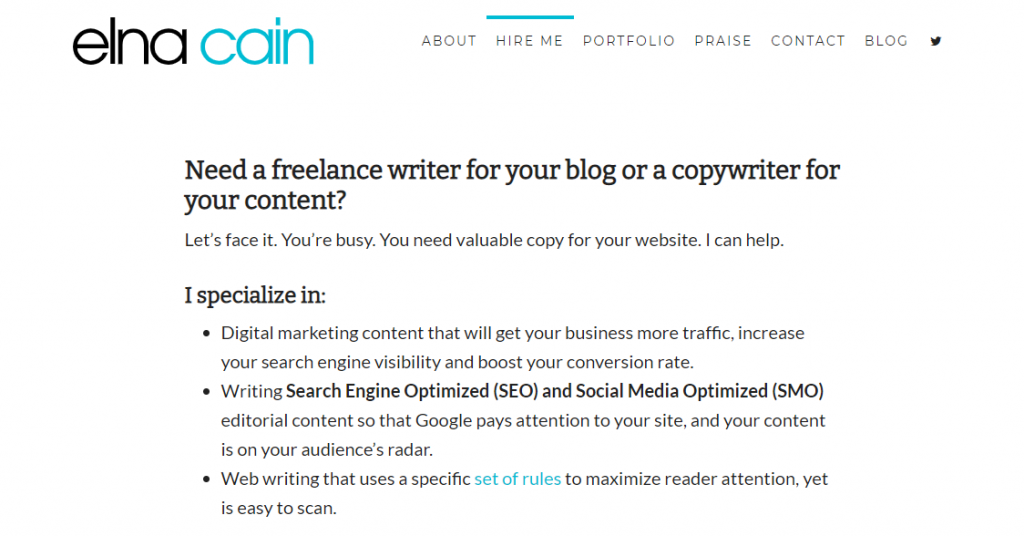 Aside from freelance services, you can also sell consulting services. The difference with consulting is that you don’t have to execute the strategies and advice you’re offering. You just have to share your expertise and help the client solve his problems. If you choose to sell freelance services, consulting, or both, you would need to familiarize yourself with different invoice and payment platforms. In the Philippines, both PayPal and Payoneer work great.
Aside from freelance services, you can also sell consulting services. The difference with consulting is that you don’t have to execute the strategies and advice you’re offering. You just have to share your expertise and help the client solve his problems. If you choose to sell freelance services, consulting, or both, you would need to familiarize yourself with different invoice and payment platforms. In the Philippines, both PayPal and Payoneer work great.#5: Online Training Courses
Have you noticed an increasing number of course creators? There are many of them running ads on Facebook. Selling online courses works really great and has high returns especially if you’re offering premium ones. On average, online courses are more expensive than ebooks. But it’s understandable since it takes more time and resources to prepare an online course. You would need to create more materials like slides, checklists, script, and others. Here’s an awesome online course by Ryan of ryrob.com: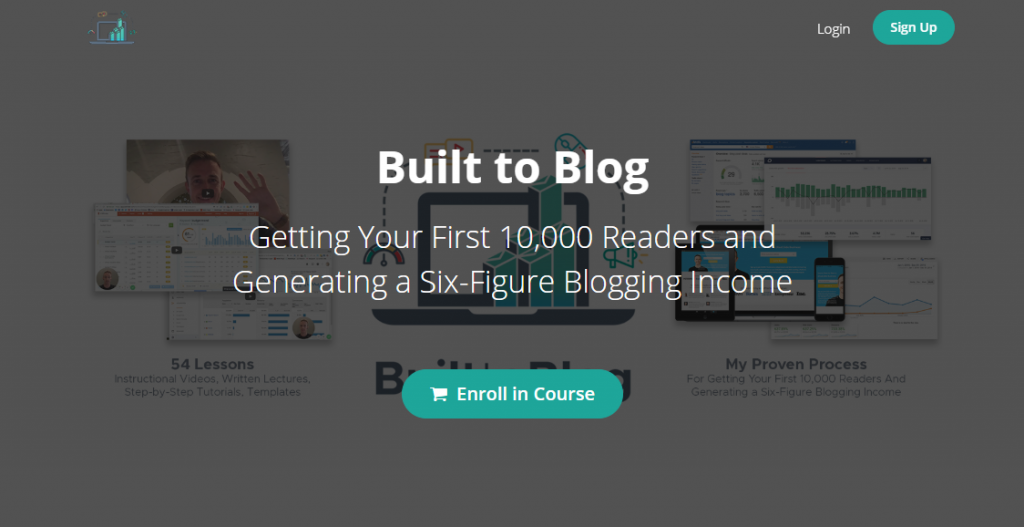 In his September 2020 income report, he shared how much he earned from his course, which is almost 200,000 in Philippine currency:
In his September 2020 income report, he shared how much he earned from his course, which is almost 200,000 in Philippine currency: 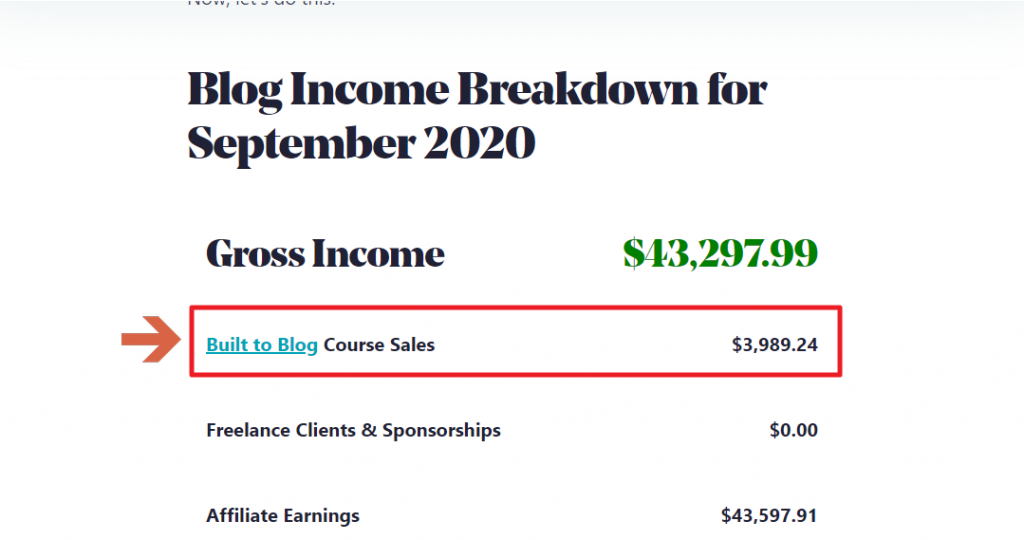 When it comes to creating online courses, it’s better if you do so when your traffic is at 50,000 or more per month. This ensures that you’ll have a steady flow of students coming in and enrolling to the course. If you would like to start selling online courses, you need to learn how to use learning management systems like MemberPress, LearnDash, or Teachable.
When it comes to creating online courses, it’s better if you do so when your traffic is at 50,000 or more per month. This ensures that you’ll have a steady flow of students coming in and enrolling to the course. If you would like to start selling online courses, you need to learn how to use learning management systems like MemberPress, LearnDash, or Teachable.How to start a blog on a tight budget
One of the main reasons why Filipinos don’t blog (as a means to earn money) is because of the associated costs of starting one. Compare it with other means like vlogging where you only need a smartphone and internet access (since uploading videos to YouTube and Facebook is free). But that’s definitely not true. You can start a profitable business without having to spend so much. You just have to know how. With that, here are ways to start a profitable blog without spending too much:Find the most profitable niches
To be able to make it big in the blogosphere, you need to find the most profitable niches and see where you can make a difference. It’s not enough anymore to just “follow where your passion is”. If the topic you would like to write doesn’t have that much or audience, or worse, the audience doesn’t have the budget to invest in your niche, then you can’t expect to earn a living with blogging. But what are the most profitable niches? Luckily, there’s no need for you to go on a full data analytics rampage. There are a lot of sources out there like this article from SEO Basics or from Blogging Explorer. But usually, the most profitable niches you’ll see are in:- Finance and investment
- Dating
- Self-help
- Weight loss
- Education and career
Make a content plan or a hit list of topics
After identifying the niche, proceed into creating your content plan. Or, at the very least, have a hit list of topics to write on your blog. This will allow you to have an overview of your blog’s content and save time further down the road. One thing to remember about the topics is that you should back them up with keywords you could write on. If you’re not sure what keywords are, these are the terms that people use when searching on search engines like Google. So how do you find keywords and research topics related to your niche? For starters, you can try using a keyword tool like Ubersuggest or WordStream. These are free tools you can use. If you would like to use advanced tools, there’s Ahrefs and SEMrush, the top tools in the trade (but they cost a lot).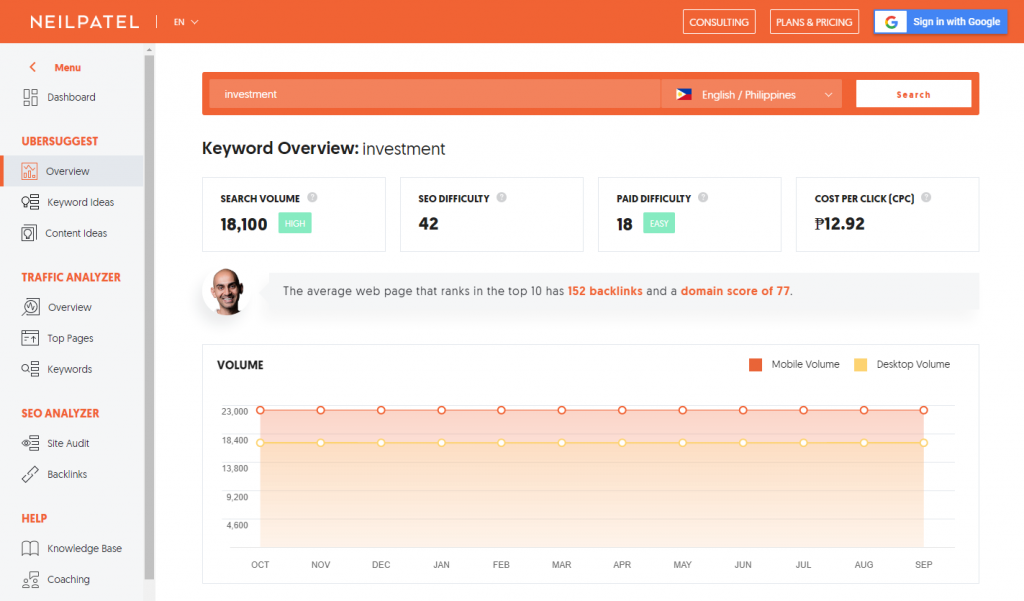 Whatever tool you use, the principle is the same: Find a keyword with a low to medium difficulty while having a significant search volume. Some say that a good keyword is one that has at least 2,000 search volumes. But rest assured, it varies on the niche. Then, frame your topics under those keywords. If you’re not sure what topics to tackle under a specific keyword, try googling the keyword and see the topics found on the first page of Google’s search results. What are they talking about under those keywords? For example, running a Google search about the keyword “how to invest money” will show you articles talking about the different ways to invest money especially when you’re just starting out or with little money.
Whatever tool you use, the principle is the same: Find a keyword with a low to medium difficulty while having a significant search volume. Some say that a good keyword is one that has at least 2,000 search volumes. But rest assured, it varies on the niche. Then, frame your topics under those keywords. If you’re not sure what topics to tackle under a specific keyword, try googling the keyword and see the topics found on the first page of Google’s search results. What are they talking about under those keywords? For example, running a Google search about the keyword “how to invest money” will show you articles talking about the different ways to invest money especially when you’re just starting out or with little money.  Now you know what topics are working under the keyword “how to invest money”, all you have to do is to create better articles than what you can see on this search results page so readers would spend time more on your blog post. On a spreadsheet, compile at least 30 topics to tackle on the blog. Here’s a tip: Before writing any of the drafts, buy the domain name of your blog. You can also start designing your website with themes and plugins so that you’re ready to publish once the drafts are ready.
Now you know what topics are working under the keyword “how to invest money”, all you have to do is to create better articles than what you can see on this search results page so readers would spend time more on your blog post. On a spreadsheet, compile at least 30 topics to tackle on the blog. Here’s a tip: Before writing any of the drafts, buy the domain name of your blog. You can also start designing your website with themes and plugins so that you’re ready to publish once the drafts are ready.Nail your blog’s keywords through high-quality blog posts
After you got all of that ready, is time for action! Remember all those topics you have listed? It’s now time for you to start writing those posts. Once your blog grows bigger, you might not be able to keep up with the content demand. That’s the perfect time to outsource your articles to other writers. That way, you could focus more on growing your brand without being tied up to writing the blog posts yourself. However, during the start, you should write the articles yourself. It’s not only economical, writing the first posts yourself establishes the tone of your blog. It creates the identity of your blog — how you would like your blog to sound like. To increase the quality of your blog posts, learn a thing or two about SEO and copywriting. There are many free courses out there that would help you master these disciplines and catapult some of your keywords to the first page of Google’s search results.Use a web hosting service with an awesome deal
Normally, you would have to spend more than a thousand pesos to buy a domain and a web hosting plan. These two are the culprit that discourages the typical Filipino from starting a blog. Fortunately, that’s not the case anymore. Here’s why: With z.com’s web hosting services, you could start a blog with just P100 every month! This also comes with a free .com domain on your purchase. This comes with a vast storage allocation, 20 email accounts, and an unmetered bandwidth. This is ideal especially if you’re inexperienced and trying to figure things out. When you’re ready to get more serious with blogging, the next plan is just 225 pesos every month with 10x the features of the starter plan. Usually, buying a .com domain costs almost 500 pesos a year. A typical web hosting plan costs the same. You can’t find the same deal as what z.com is offering.Use the Astra theme and free plugins
WordPress has a lot of themes and plugins that are free. The only reason why some bloggers suggest you use a premium theme is that it’s easy to use. However, if you’re willing to learn, you can still use a free plugin to make your blog stand out. One example of an awesome free theme that’s not only fast but has lots of customization options is Astra. You can customize almost every element on the page. There’s also a library of pre-built sites you can load and use as a starting point for your blog. Here’s an example of a blog running on the Astra theme: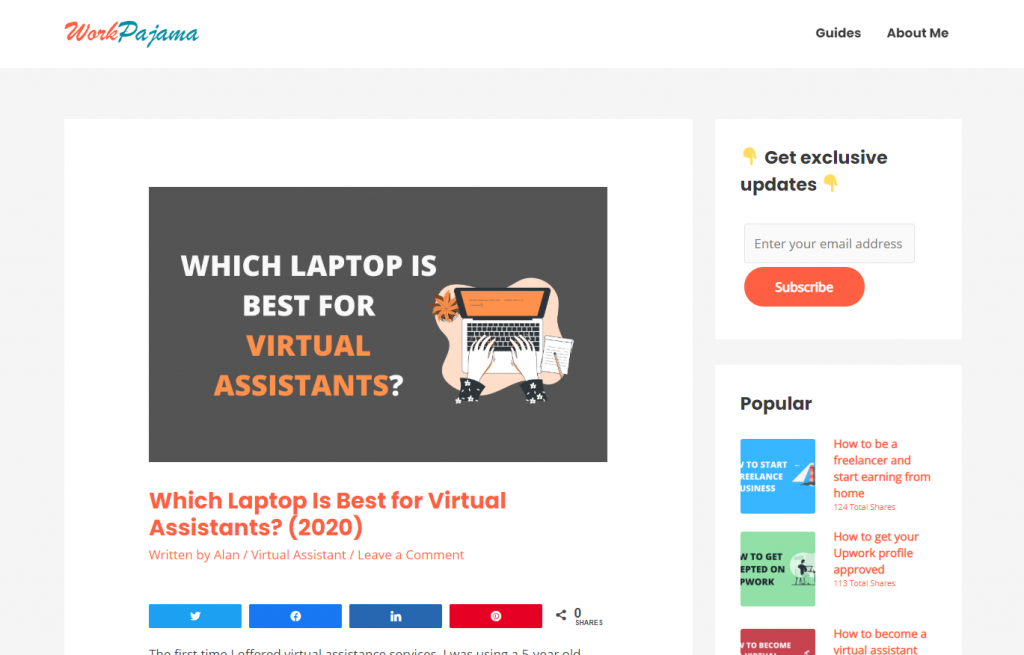 In terms of plugins, most of them are free. You only have to shell out cash if you need access to a plugin’s advanced features, which aren’t really that important. At the very least, you should have plugins for security, SEO, and marketing. If you want to learn more about the different WordPress plugins you should install, check out this article.
In terms of plugins, most of them are free. You only have to shell out cash if you need access to a plugin’s advanced features, which aren’t really that important. At the very least, you should have plugins for security, SEO, and marketing. If you want to learn more about the different WordPress plugins you should install, check out this article.Starting a profitable blog doesn’t have to cost too much
Blogging is an awesome way to earn money. You don’t have to leave the house and suffer a two-hour commute to your workplace. And aside from the sky-high income potential, you live the dream of being your own boss. The good thing is that only a handful of Filipinos are blogging as a living. Most know about blogging, but they rather shoot themselves with a camera rather than sit for an hour and type their hearts out. That’s why you have a shot at this! And the typical blockades that could stop you from starting a blog are being rammed by z.com with its awesome 100-pesos deal. Again, you might never find the same deal ever again. To conclude, here’s what you need to do if you want to start a blog to build a sideline income: 1. Plan it out. Find a profitable niche and compose your hit list of topics. 2. Start building the infrastructure. Make use of z.com’s deal and buy your preferred domain name and web hosting plan. 3. Make it big by nailing profitable keywords through writing high-quality blog posts. 4. Monetize your blog with your preferred method. 5. For starters, you might want to look at advertising, affiliate marketing, and selling your own services. 6. Once you get steady traffic, proceed to sell products and online training courses to your readers. That’s it! Have fun and good luck!PROMO
FREE Web Hosting
for Your Website
Learn More

